Buy or gift a stand-alone digital subscription and get unlimited access to dozens of back issues for just £18.99 / $18.99 a year.
Please register at www.exacteditions.com/digital/cornucopia with your subscriber account number or contact subscriptions@cornucopia.net
Buy a digital subscription Go to the Digital EditionOn the European shore, David Wheeler discovers hidden greenery in the hills above the Bosphorus
There’s probably nowhere better to begin an exploration of woody and gardenesque places along the Bosphorus than at the privately owned Sakıp Sabancı Museum in Emirgan, opened in 2002 and poised midway on the European side of the historic strait, just north of the Fatih Sultan Mehmet Bridge. Its east-facing garden, if not Istanbul’s most botanically rich, is nonetheless a place of cherished calm above a busy coastal road and, with its cascade of happy plants, gloriously verdant in all seasons, a good example of the city’s horticultural vigour. Moreover, a few of the museum’s interior walls are home to a small permanent exhibition of Turkish mainstream and Impressionist paintings (little known outside Turkey) depicting nearby waterside pleasure grounds.
In its own grounds many specimen trees are thoughtfully labelled, giving information about a plant’s botanical family, its Latin and Turkish names and provenance. Thus, of the edible persimmon, Diospyros kaki, widely seen throughout the municipality, we learn it is one of the Ebenaceae, a family of some 800 species, including the much-treasured carpenter’s ebony – think an old piano’s black notes – found in tropical and warmer temperate regions of the world. The label tells us it is known as Trabzon hurması in Turkey and that it emanates from Japan and China (Japonya and Çin). It’s a brief botanical briefing, hugely helpful to visitors who want to know exactly what they’re looking at.
The Bosphorus is famously unique in several ways, with myriad beauties prized since antiquity. Let the octogenarian John Freely whet the gardener’s appetite: “…both sides are well-wooded, especially with cypresses, umbrella-pines, plane-trees, horse-chestnuts, terebinths [Pistacia palaestina] and Judas trees. The red [actually cyclamen pink] blossoms of the latter in spring, mingled with the mauve flowers of the ubiquitous wisteria, and the red and white candles of the chestnuts, pervaded by the songs of nightingales and blackbirds, give the Bosphorus at that season an even more superlative beauty.” Istanbul-born Hüseyin Zekâi Pasha’s large (96 x 136cm) 1897 painting of Yıldız Park in the Sabancı Collection (above) makes good sense of its location and extensive woods. In the distance lies the Sea of Marmara and old Stamboul under a nascent sunset, while in the foreground there stands the distinctive mix of coniferous and broadleaf woods that can be enjoyed in the park to this day. While the painting’s scenic sweep defies any accurate identification of individual trees, it’s fair to assume they include such native familiars as the beech, chestnut and hornbeam that populate the Belgrade Forest a few miles to the north.
Yıldız Park, with its ornate Çadır and Malta banqueting pavilions, is the former imperial garden of Abdülhamid’s Yıldız Palace, on the site of a royal hunting ground dating back to the time of Süleyman the Magnificent. Today its blossoming treescape comprises a lush muddle of evergreen Magnolia grandiflora, Judas trees flowering in March on naked branches, aromatic bay and horse chestnut, set among numerous kinds of oak. From its topmost heights Yıldız Park allows fine views to and across the Bosphorus to Istanbul’s Anatolian hills, partially hiding a far-reaching expanse of new suburbs where more than half the city’s population now lives.
Turn your back on the Old City and make for the water. Andrew Finkel takes a drive along the Bosphorus’s lower shore: from the half-abandoned docks of Karaköy, past mammoth cruise ships and hangars for modern art, to the palaces of Beşiktaş and Ortaköy
Andrew Finkel extols the charms of a trip up the western, European, shore of the Bosphorus, whether by water or by road
Over 56 pages, we cross the Bosphorus to explore the lower reaches of the Asian shore. Sailing past the ruins of stately Haydarpaşa Station, we land at the busy Kadıköy docks, wander round Moda’s old cosmopolitan backwaters and head upstream to the sparkling hilltop mosques of Üsküdar
Continuing our tour of Bosphorus villages, we cross back to a more untamed Asian shore. Heading upstream again, we start in Beylerbeyi and Çengelköy, with their grand views of the Old City, and make for the fortress of Anadoluhisari, where the Bosphorus narrows and the yalis are at their most captivating. Our journey ends on the hilltop of Anadolukavağı, with the Black Sea in our sights
The potato was a latecomer to Turkish cookery, but today it is hard to imagine life without it. The humble spud, the ultimate in comfort food, is endlessly versatile,and also comes packed with goodness. Berrin Torolsan serves up some favourite dishes
Üsküdar – its history shaped by three powerful queen mothers and a tireless English nurse – has surprises to offer behind its unprepossessing façade: dazzling mosques, villagey tranquillity and epic views…
Lovely churches, a lively market, enticing ice cream, shady cafés… and they called this the land of the blind. Andrew Finkel introduces Kadıköy, and Harriet Rix mooches around the district of Moda. Photographs by Monica Fritz
Maureen Freely goes ‘Bosphorising’ with her father, John Freely, in search of her treasured childhood in Istanbul. Could it be that it was all so simple then?
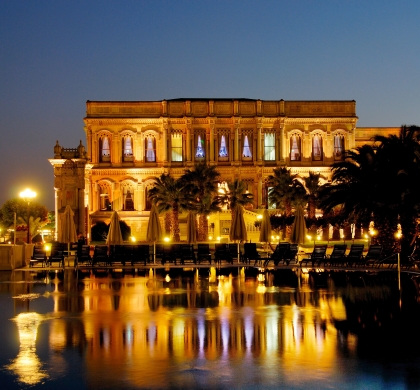
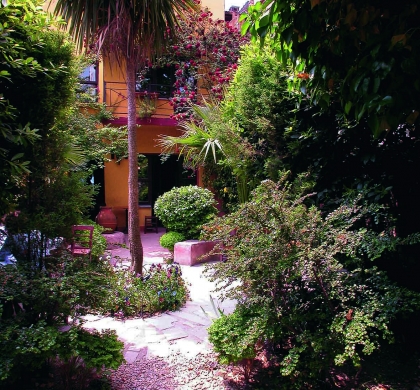
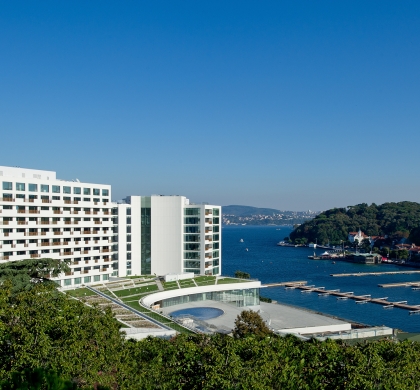
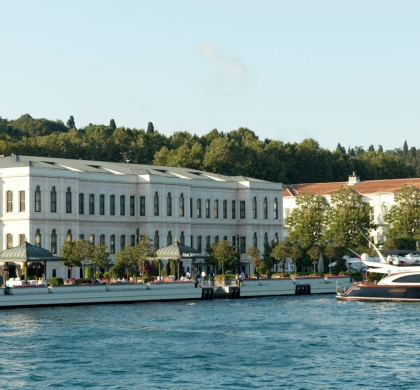
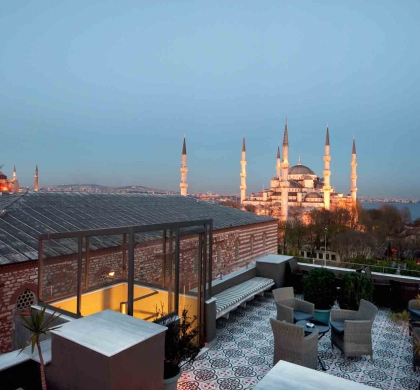
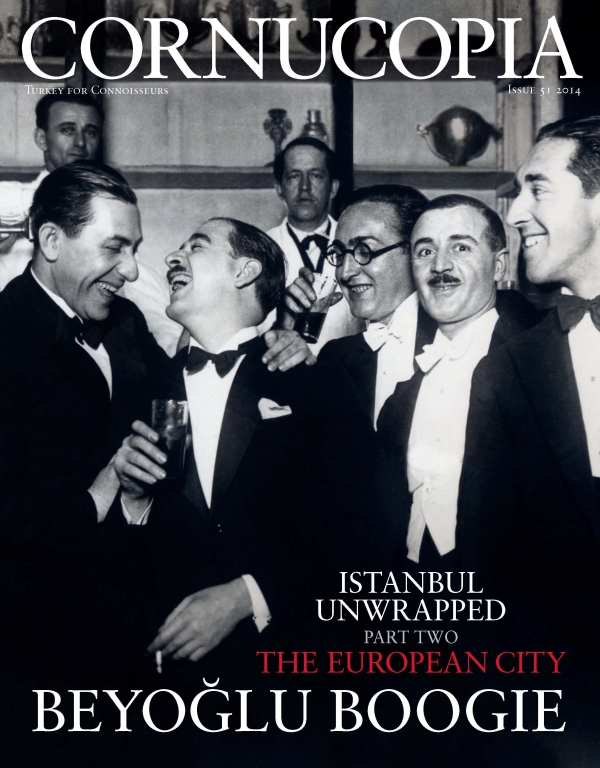

Cornucopia works in partnership with the digital publishing platform Exact Editions to offer individual and institutional subscribers unlimited access to a searchable archive of fascinating back issues and every newly published issue. The digital edition of Cornucopia is available cross-platform on web, iOS and Android and offers a comprehensive search function, allowing the title’s cultural content to be delved into at the touch of a button.
Digital Subscription: £18.99 / $18.99 (1 year)
Subscribe now